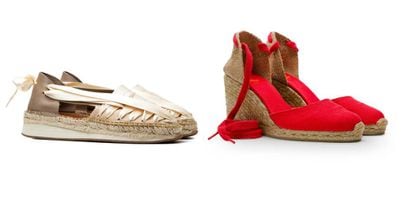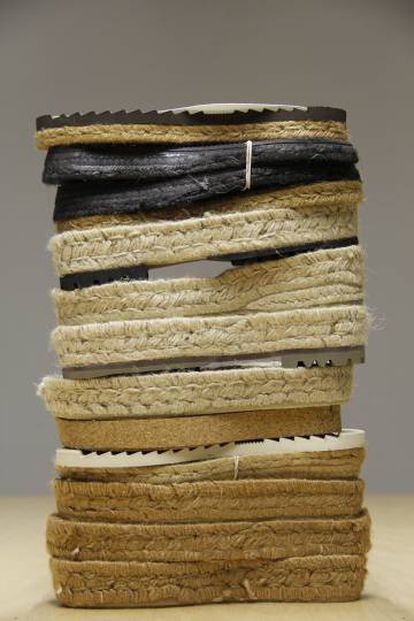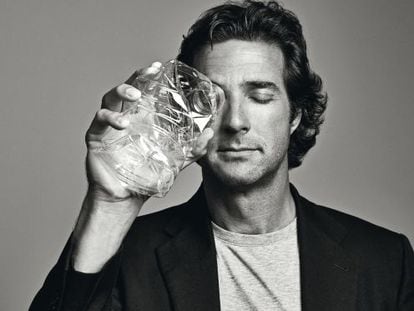Spain: home of the luxury espadrille
Combining tradition with innovative designs, Spanish designers are winning international export markets

Back in the 1970s, Isabel and Lorenzo Castañer, a Spanish couple with a small artisanal business making espadrilles, or alpargatas as they are known in Spain, bumped into Yves Saint Laurent in Paris. When the fashion designer discovered what they did for a living, he asked if they would be able to make a wedge version of the traditional rope-soled sandal.
“My father, who was always looking for new challenges, accepted. It was also a decision taken out of necessity. Within 10 days he had a sample, and that was how the espadrille took on a new lease of life,” says Antonio Castañer, now CEO of the family firm that dates back six generations.
The offer to work with Yves Saint Laurent came at a time when Castañer was facing a downturn: its traditional market, made up of farmers and villagers, was dwindling as rural Spaniards left the countryside for the cities in search of work and better opportunities, leaving their espadrilles behind.
Now, four decades on from that propitious meeting in the French capital, tastes have changed and the time-honored simplicity of the original espadrille is in fashion. Around a third of Castañer’s output are designs for luxury brands.

The espadrille’s rustic look has always had its admirers, albeit relegated to the beach or as a replacement slipper, but an increasingly varied range of soles and insteps are now available, making it an haute couture option. In 2011, Karl Lagerfeld took Chanel’s famous two-tone dress shoe and adapted it to the traditional flat-soled espadrille, sowing the firm’s logotype on to the instep: the model is still available today in a multitude of colors and versions. A year later, Valentino created a sensation when it put its own spin on the espadrille by using delicate lacing instead of the usual sturdy canvas for the uppers. Since then, both pret-à-porter luxury brands and high street retailers have helped put the espadrille in the spotlight. There is something special and timelessly appealing about it, says Antonio Castañer. “It’s a return to something natural, to something hand made, Mediterranean.” This year has seen lace up espadrilles from Óscar de la Renta stud them with baubles, Atuzarra added a heel, and Delpozo has produced platform and winkle-picker versions.
Barcelona-based company Naguisa, a newish firm that has made a name for itself by reviving traditional, hand-sown espadrilles, brought out its SOC model in 2012, which copied the traditional six-lace model using unusual colors. “Eight years ago we began to see a trend developing for home-grown, sustainable shoes using natural materials,” says Claudia Pérez Polo, the firm’s co-founder. Naguisa exports more than 70% of its output to more than 25 countries. Its designs, many of which have been copied and recopied, are sold in US upscale women’s fashion chain Anthropologie.

“When we started out, the truth is that I would never have worn espadrilles,” says Pérez. But aware it needed to attract a younger clientele, Naguisa was able to combine tradition with local know-how to build a business that could establish an international presence. Since then, other Spanish fashion designers like Paloma Barceló, Like Mimika, and Prism have begun making luxury espadrilles now found in the best-known stores around the world by combining Spanish tradition with cutting-edge design.
Sign up for our newsletter
EL PAÍS English Edition has launched a weekly newsletter. Sign up today to receive a selection of our best stories in your inbox every Saturday morning. For full details about how to subscribe, click here
English version by Nick Lyne.












































